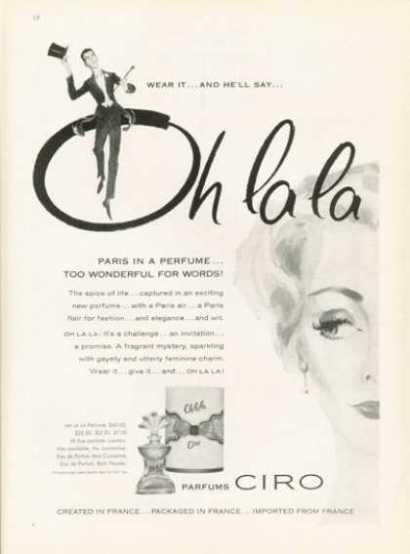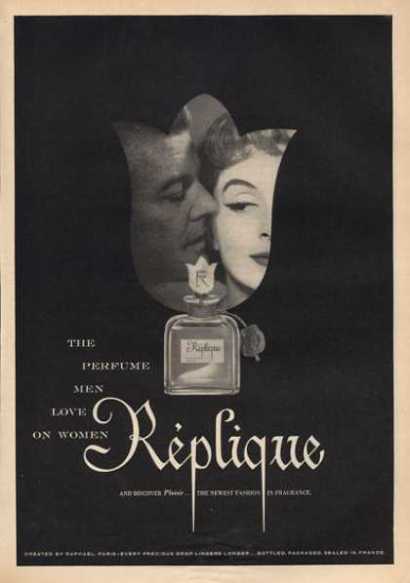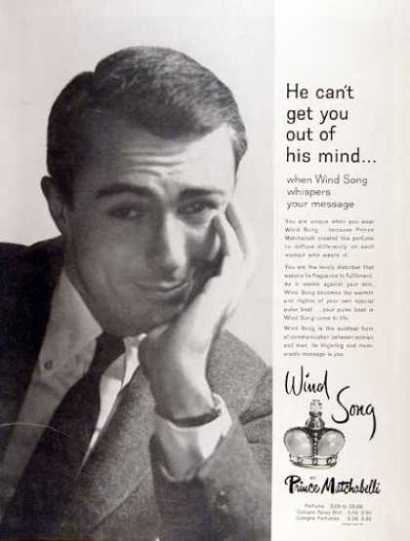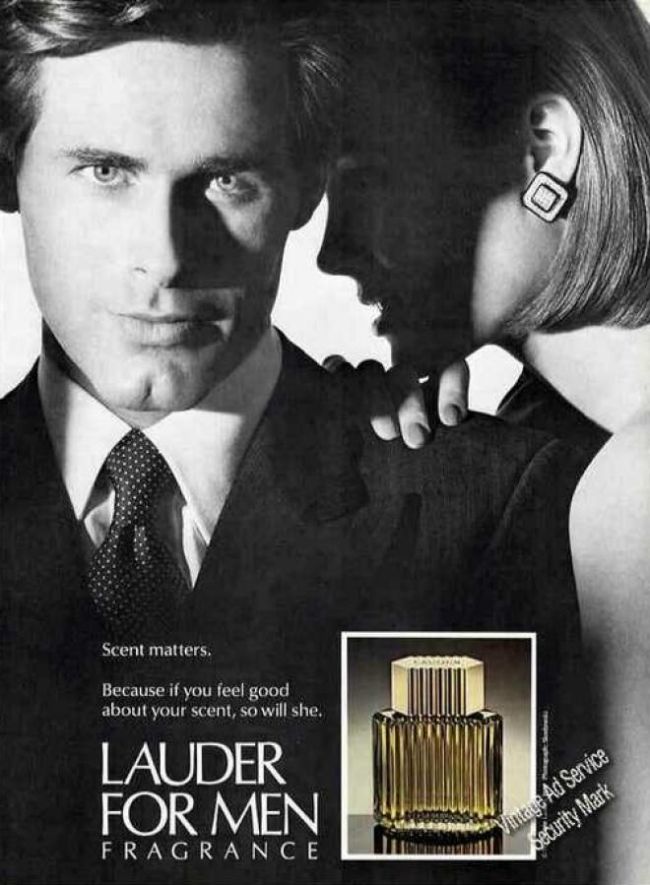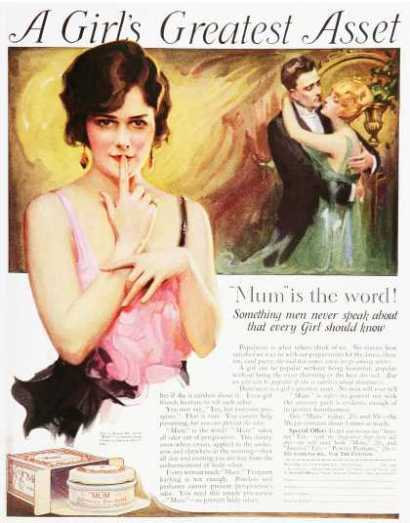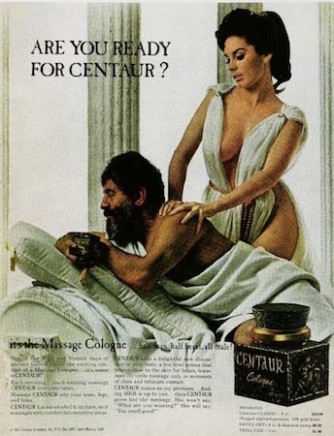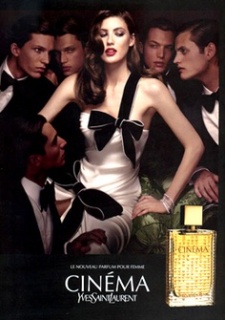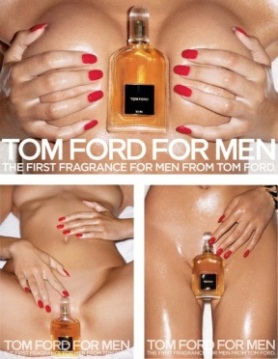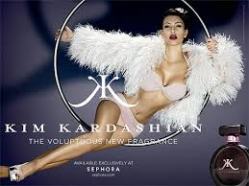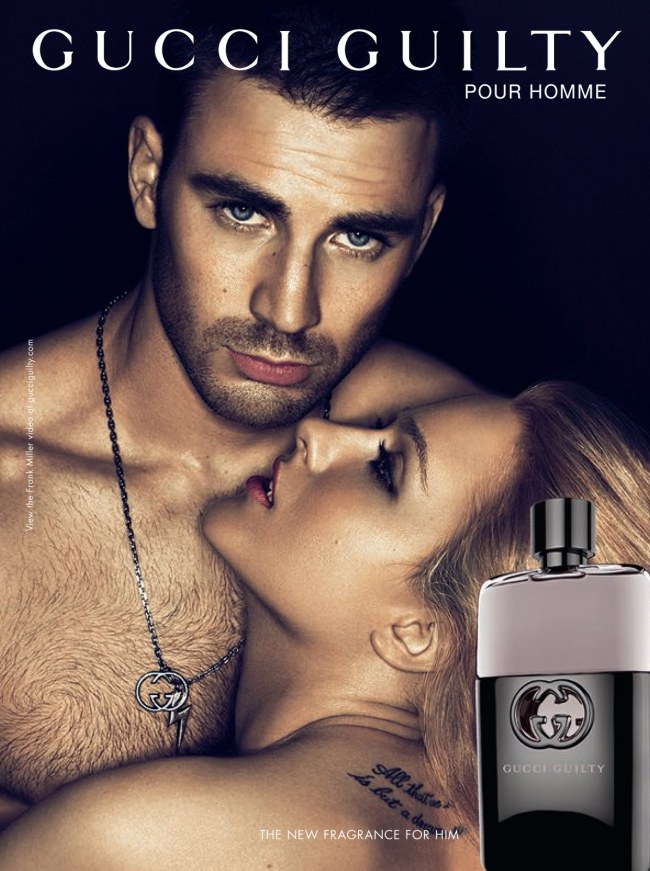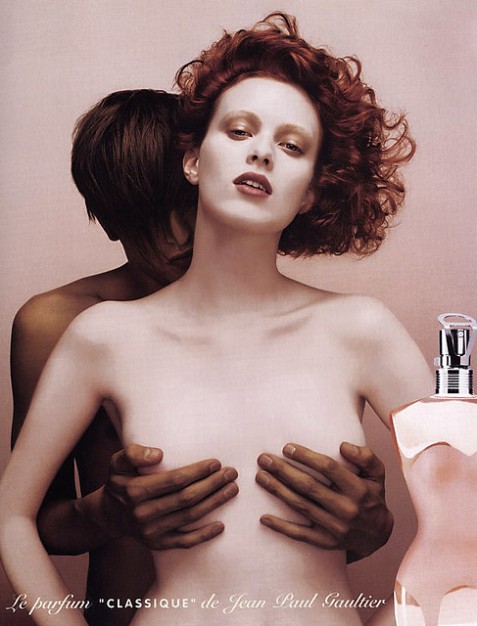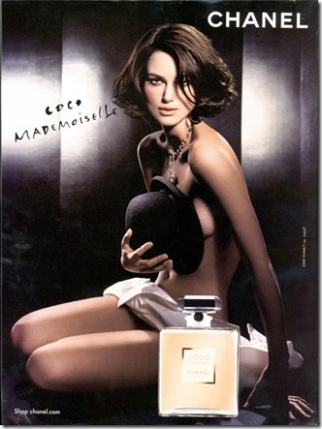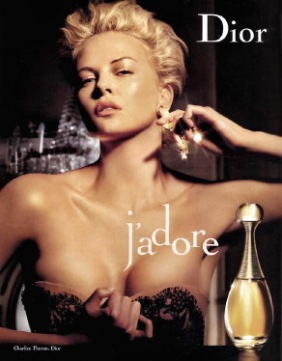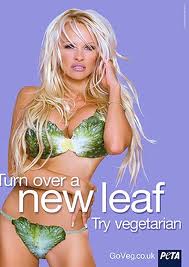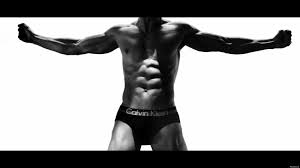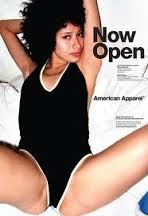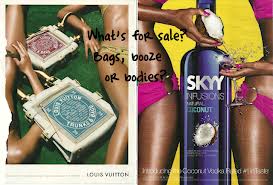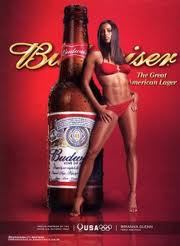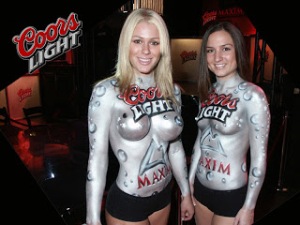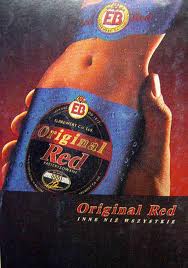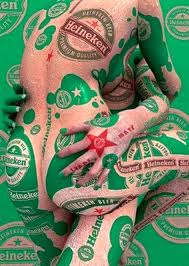Perfumes/ Cologne have been around for as long as we can remember. Through time presenting perfumes has changed a lot. Back in the 1920’s through 1990’s perfume ads were just as objectifying to women as they are now but in a different perspective. If we look at the older ads below they give women the message that they can turn all heads on them when wearing that specific perfume. Messages like “wear it; he’ll say, Oh la la”. “He can’t get you out of his mind”. “The perfume men love on women”, “A girl’s greatest asset”. All of these messages are telling women if you don’t smell this nice, he won’t think of you as much, you are not good enough. In other words, the difference the perfume makes for a woman is on her worth to herself and others. Then comes men’s cologne, like Lauder for men; “scent matters, if you feel good about your scent, so will she” and Centaur “Massage Cologne”: its “half-man, half-beast, all-male.” Both colognes are presenting a message that they can have the lady if they wear this perfume, she is under control. Here the difference the perfume makes is in how much control the person is able to exert on another. It’s degrading in a sense where men are dominating women in both male/female perfume ads.
The ads of perfumes today give the same message but with different ‘visuals’. It’s the 21st century now and the perfume industries have cut down on the slogans, focusing on the image for the perfume. They still objectify women with the sexual images of their bodies for perfumes and leave only the name and brand name of the perfume/ cologne. These type of industries present an ideal image and message for women and men if they purchase these perfumes. Men’s cologne like Tom Ford’s and Gucci Guilty, use female bodies as this is the prize, this is what you will get if you wear our perfume. For the women’s perfumes they focus on the image of the women to be young, attractive, and thin to show women this is what men want. By purchasing this perfume, it’s like one step closer to getting the ‘man’.
These types of advertisements are so degrading to women; we are seen as sexual attractive prizes for men and nothing more. I always knew women were seen as less valuable than men, but it has never caught my attention within the messages of all advertisements. It’s a shame to see how society portrays women, as if degrading women is the only way to attract men and women to purchase items. The worst part is not the industries objectifying women, it’s the society that participates. Leaving women to be an object for men’s pleasure and given a unrealistic icon for women to look up to.
Images for this post came from:
